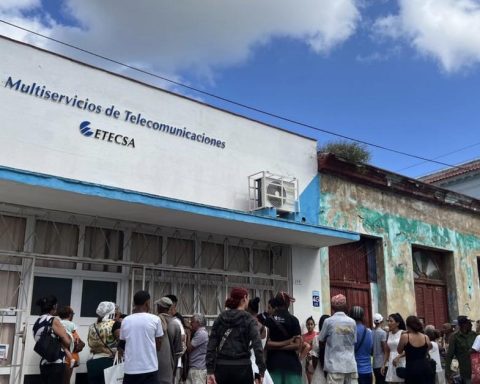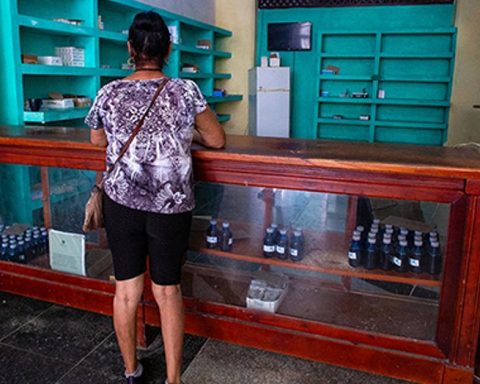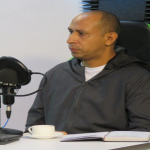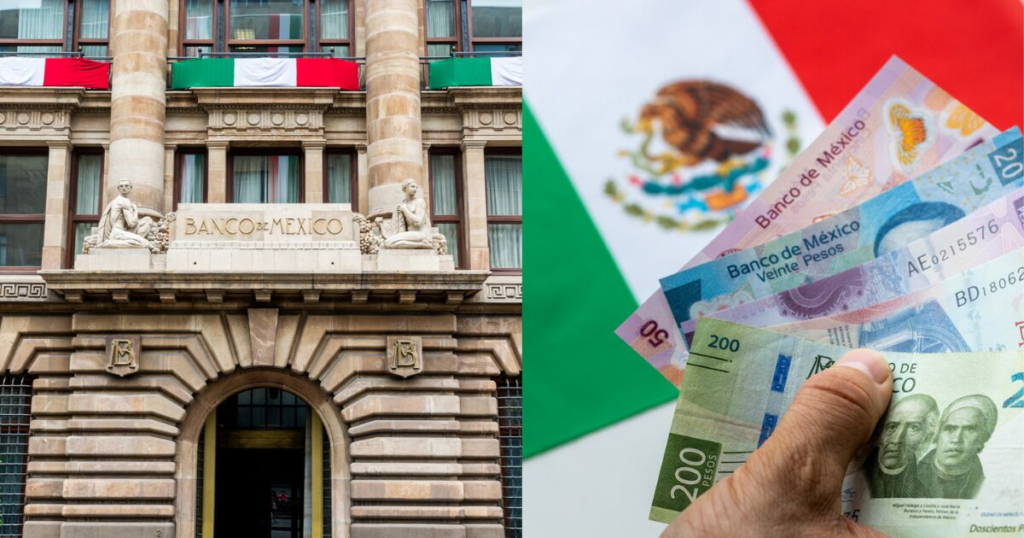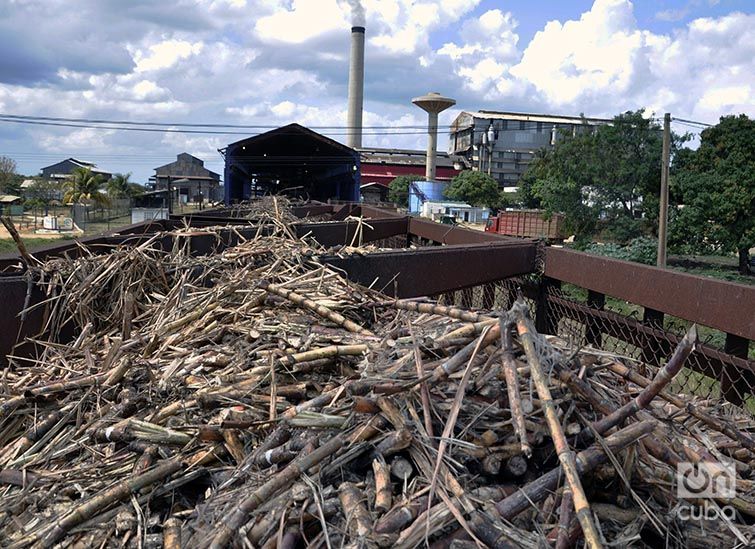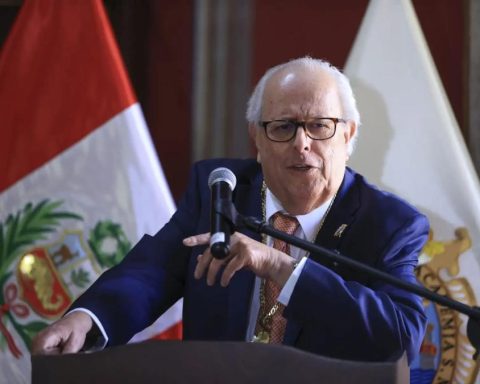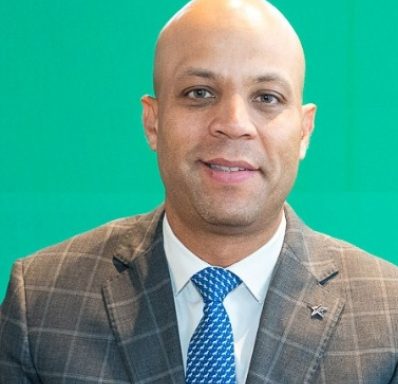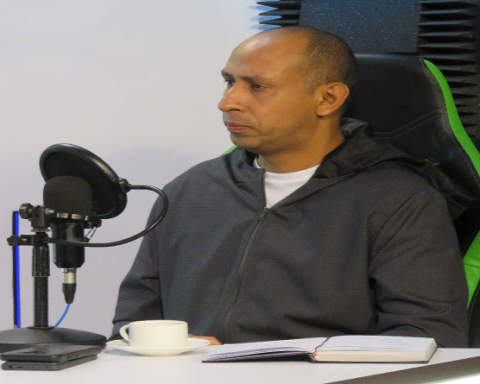2021. There were a total of 361 demonstrations, according to the Cuban Observatory of Conflicts (OCC) in his last reportmade public this Thursday, the second highest number recorded by the US-based organization since it began counting them, in September 2020.
The main reason why Cubans took to the streets last month were the blackouts: up to 79 protests took place, the document explains, “in different modalities”, 49 of them in the form of cacerolazos.
The OCC, which like every month divides the protests according to two types of motivations – political and civil rights, on the one hand, and economic and social rights, on the other – explains that on this occasion it had to apply a “selective criterion” to the cacerolazos in order to be able to classify them, because “what began as a social demand –the termination of the power cuts– became radicalized during the course of the month and turned into political demands”.
There were 219 demonstrations for political rights and 142 for economic rights.
“Cacerolazos increased by 145%, from 20 in July to 49 this month,” the NGO also details, which reports that Artemisa was the province with the highest number of protests of this type (8), followed by Cienfuegos (7) and Holguín and Camagüey (6, both).
The most notorious happened in Nuevitas, on August 18 and 19when hundreds of people took to the streets to demand not only the return of the current, but also freedom.
“If that power elite persists in its immobility”, this trend will be unsustainable “in the short or medium term”
The report highlights that the protests in which the government is “directly” pointed out for its mismanagement increased, from 85 in July to 172 this month, and that “although many of the protests demanded a change in the Diaz-Canel government, they also They have demanded a change of system: no more socialism”.
“Violent actions continue to take place that no one claims responsibility for,” notes the Observatory, referring to events that are mostly anonymously spread on social networks, such as fires at state recreation centers or stones at the windows of state currency stores. freely convertible (MLC).
In this regard, the organization asserts that the Government “apparently wanted to try an active measure by fabricating an alleged firebomb attack on a state building. The fabrication of the disinformation presented about that alleged operation was extremely crude, and national public opinion immediately dismissed the news as a police stunt.”
For the rest, the fact that demonstrations have increased for economic reasons has to do, says the NGO, not only with electricity cuts, but also with “the collapse of the health system in the face of the growing dengue epidemic, food shortages and medicines, as well as inflation and garbage collection.
In its monthly analysis, the organization reports that the protests “have assumed a wide variety of formats”, from street demonstrations to mass prayers in public places”, as well as cacerolazos, graffiti, civic campaigns with flyers and posters, protest masses and even the hack of official sites and “foreign hotels associated with the military-business group Gaesa”.
In addition, it underlines that the “disaster” of the fire at the Matanzas Supertanker Base brought to the fore “the lack of foresight of the leadership and the inefficiency of the governance system to provide internal stability, which exacerbated the crisis of legitimacy and credibility. of the government”.
The OCC argues that “although the expressions of discontent or dissent with respect to the policies in progress are of various levels, the truth is that never before, since 1959, have they reached such amplitude, permeating the most diverse social layers, with the exception of a tiny oligarchy that is its beneficiary”. And he concludes that “if that power elite persists in its immobility,” this trend will be unsustainable “in the short or medium term.”
________________________
Collaborate with our work:
The team of 14ymedio is committed to doing serious journalism that reflects the reality of deep Cuba. Thank you for joining us on this long road. We invite you to continue supporting us, but this time becoming a member of our journal. Together we can continue transforming journalism in Cuba.

